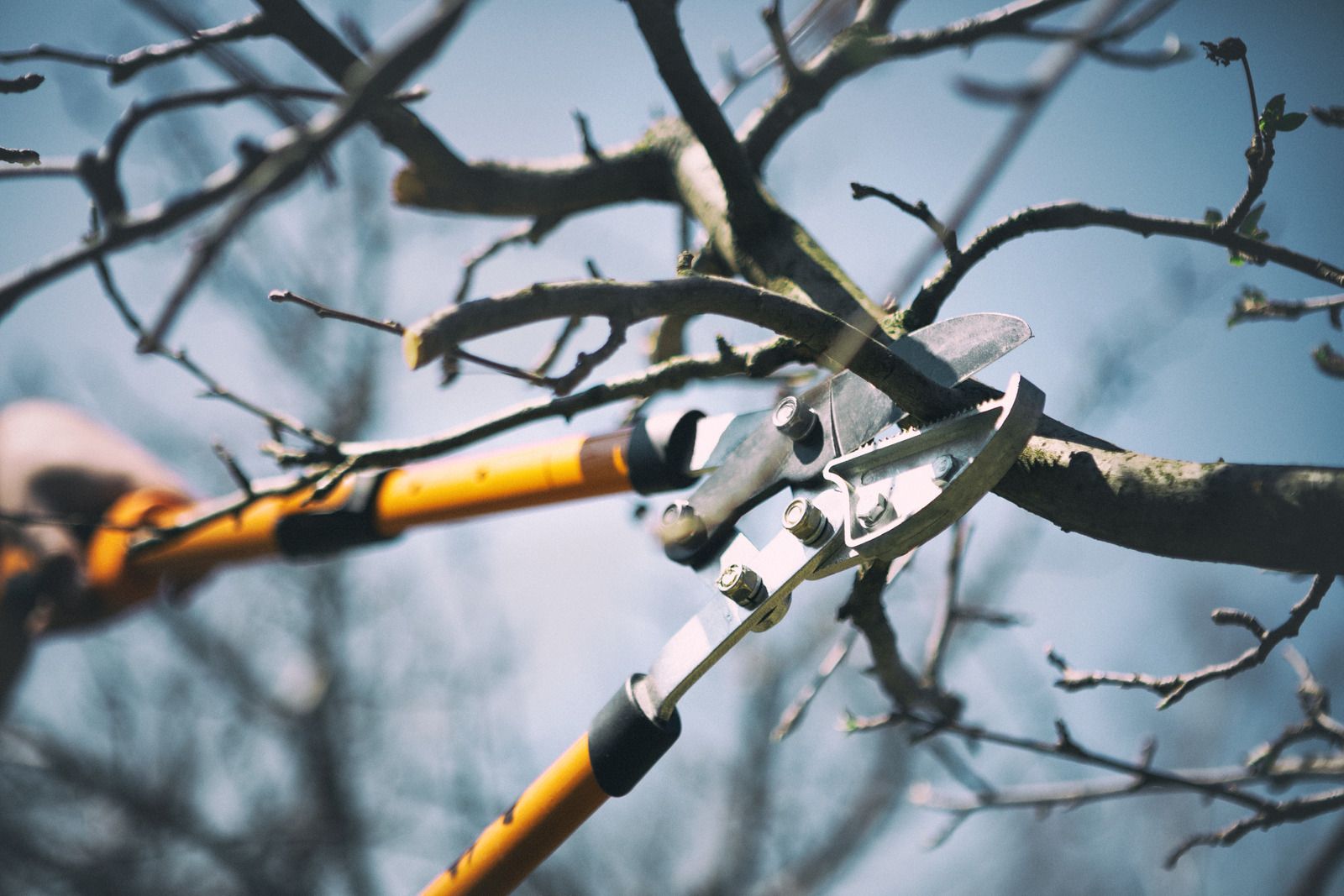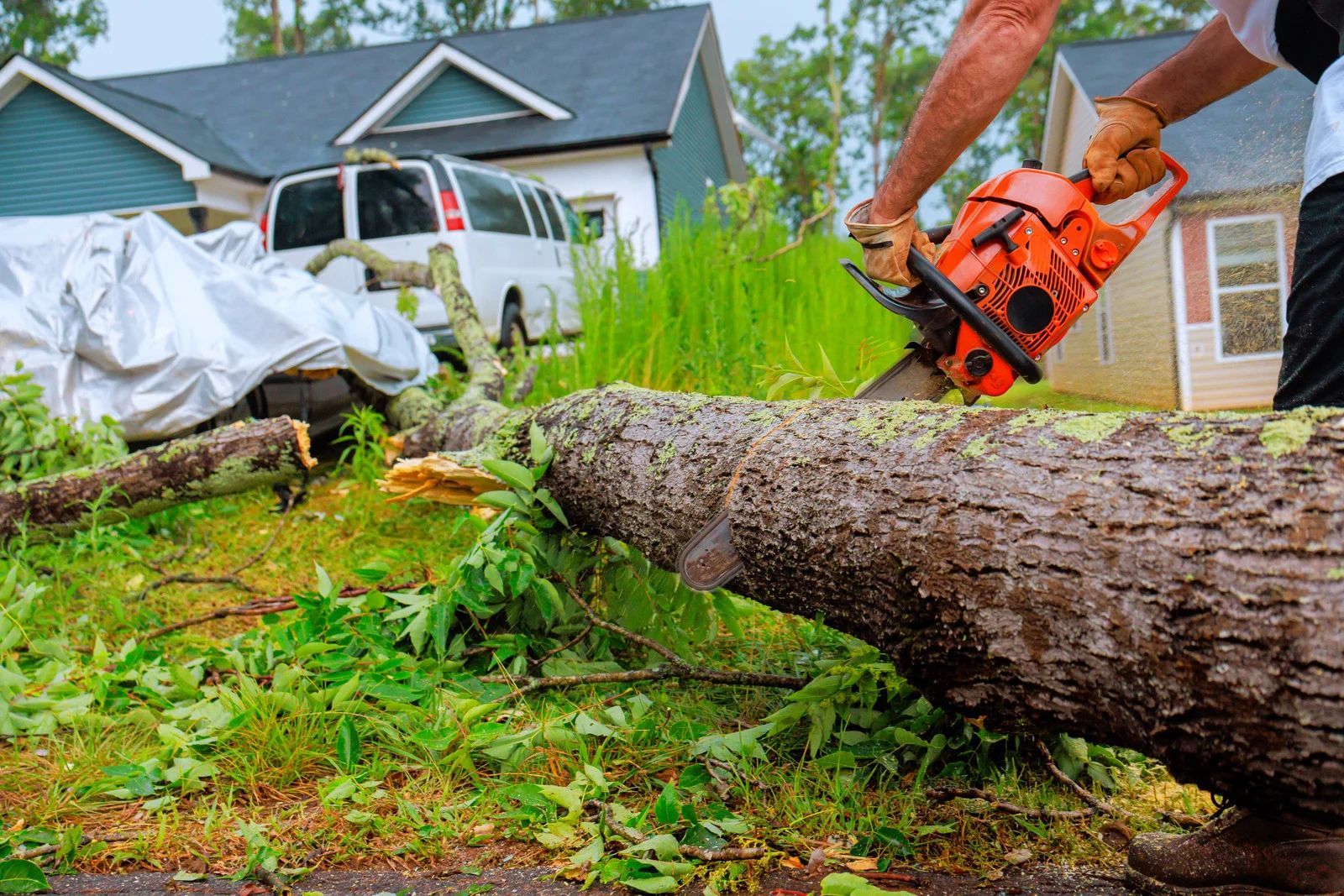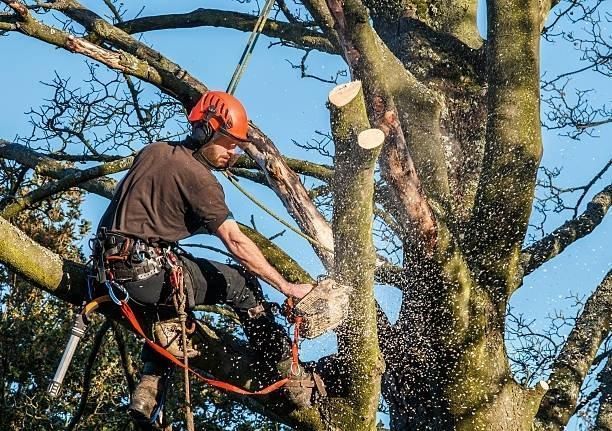Stump Grinding vs. Stump Removal: Which Is Right for Your Landscape?
Removing a tree is often only the first step in transforming your landscape. Once the tree is gone, homeowners are faced with a new dilemma: what to do with the remaining stump. Stumps can be more than just an eyesore—they can attract pests, interfere with mowing, and even become a tripping hazard. Some people may consider leaving the stump as a natural feature, while others want a completely clean yard. Two popular solutions exist—stump grinding and stump removal. Each option comes with its own set of benefits and considerations. Understanding the differences between these methods will help you decide which is the right choice for your landscape.
Stump Grinding: A Quick and Efficient Solution
Stump grinding involves using a specialized machine to grind the stump down into small wood chips. This method is ideal for homeowners looking for a fast, cost-effective solution. The process is less invasive, leaving the surrounding soil largely undisturbed, which is perfect for planting grass, shrubs, or new trees. Stump grinding is also safer and reduces the risk of damage to nearby structures, sidewalks, or driveways. Additionally, the wood chips produced can often be used as mulch for your garden or landscaping projects. However, it doesn’t remove the roots, meaning the stump cannot be used as firewood or a base for certain landscaping projects, and there is a potential for minor regrowth in some tree species.
Stump Removal: A Complete Solution
Stump removal, on the other hand, is a more thorough approach. This method involves digging out the entire stump along with its root system. It’s ideal for large trees or areas where you plan significant landscaping changes, such as building a patio, driveway, or new garden bed. Stump removal eliminates the risk of regrowth entirely and allows you to fully reclaim the space. The removed stump and roots can sometimes be repurposed for firewood or other wood projects. However, it is more labor-intensive, time-consuming, and costly compared to stump grinding. It also causes more disruption to the surrounding soil, which may require additional landscaping work to restore the area.
Factors to Consider When Choosing
When deciding between stump grinding and stump removal, consider the size and type of tree, the condition of your yard, and your long-term landscaping plans. Smaller stumps and areas where minimal disruption is preferred are excellent candidates for grinding. Conversely, large stumps, proximity to new construction, or the desire for complete root removal may justify the higher cost and effort of full stump removal. Your budget and timeline are also important factors, as stump removal typically requires more resources. Additionally, consulting a professional can provide insight into soil conditions, equipment needs, and the overall feasibility of each method.
Trust the Experts for a Beautiful Landscape
At Clark's Tree Works, we understand that every landscape is unique. With 45
years of experience serving Modesto, California, we provide professional guidance on whether
stump grinding or stump removal is the best solution for your property. Our team combines skilled craftsmanship with state-of-the-art equipment to ensure safe, efficient, and effective tree services. From small residential yards to larger commercial properties, we prioritize quality results and customer satisfaction, helping you achieve a cleaner, safer, and more beautiful outdoor space.




